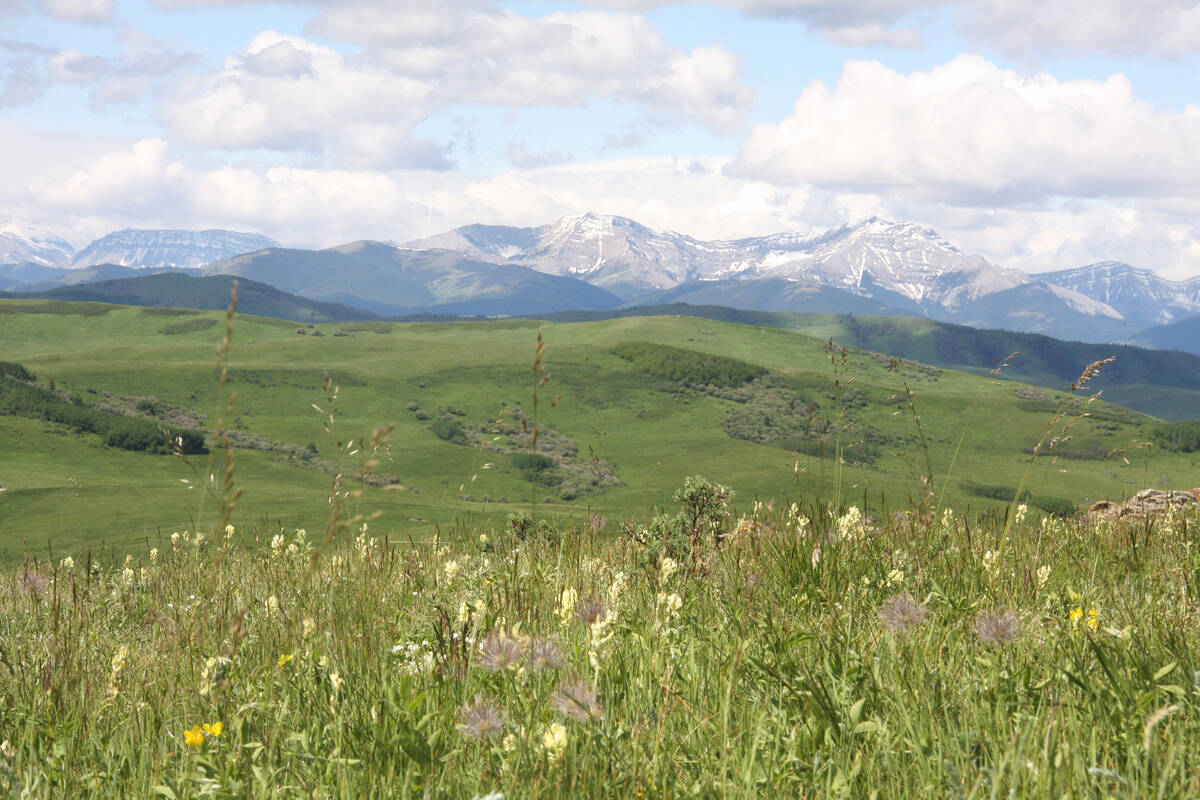Growers counting on AgriStability to bail them out of their excess moisture problems better think twice, says a Manitoba farm group.
Keystone Agricultural Producers said the program has been gutted under Growing Forward 2.
“I don’t think producers appreciate or understand just how significant the cutbacks have been,” said president Doug Chorney.
Substantial changes to the program took effect on April 1, 2013. The program wasn’t put to the test that year because growers harvested a record-smashing crop.
However, 2014 could be a different story. By some estimates, 4.6 million acres will be unseeded and drowned out across the Prairies this year.
Read Also

Selenium not deal breaker in coal mining: expert
Environmental scientist weighs in on coal mining debates in Western Canada, explaining selenium and the technologies and practices to lower its concentrations in nearby waterways to coal mining operations
Growers who expect to be adequately compensated for their lost revenue may be in for a rude awakening.
KAP hired an accounting firm to conduct a case study on one of its members who had a significant grain operation that was flooded out in 2011.
The idea was to compare what level of compensation the farmer would have received under the old and revised Growing Forward programs based on his experience in 2011.
“Only 50 percent of the benefit that would have been in Growing Forward 1 was available to that producer, so it significantly curtailed the protection that program once offered,” said Chorney.
Growers have heard presentations and read material on changes to the AgriStability program, but many haven’t gone through the actual submission process and don’t fully realize what’s coming.
“What we have encouraged our members to do is know all their costs very well and be very prudent in managing costs because I certainly wouldn’t hold out hope of a big cheque coming from AgriStability,” said Chorney.
KAP vice-president Dan Mazier was so intrigued by the case study numbers that he decided to conduct the same exercise for his farm near Brandon. The results were identical.
“If I would have had the same kind of wreck that I had in 2011, I would get half the money,” he said.
Mazier said a program intended to provide income stability on farms is falling far short of that goal.
“You have to be so in the hole to even think about triggering anything, it’s getting pretty sad,” he said.
Glenn Young, a former tax accountant and producer representative on the National Canadian Agricultural Income Stability Committee, said the biggest change to the program is the coverage level.
Under the new AgriStability program, producers are covered once their margin falls below 70 percent of the previous five year average with the high and low years thrown out.
Growers receive 70 cents in support for every dollar of decline below that 70 percent. Under the old program, it was 85 percent coverage and 85 cents on the dollar.
“Really, when you think about it, 70 percent of 70 percent is 49 percent,” said Young.
“You’re not going to get rich on this program.”
The other punitive change is that the reference margin will be limited to the lower of the historical reference margin or the average of producers’ allowable expenses reported in previous years.
Young said adding the expense clause penalizes efficient growers who are careful about what they spend on things such as input costs.
It also makes it more difficult to build up the reference margin than it is to reduce it.
“You’re not going to go and overspend just simply to build a margin,” he said.
“I mean, farmers are some of the most fiscally prudent people in the world. You have to be or you wouldn’t survive.”















